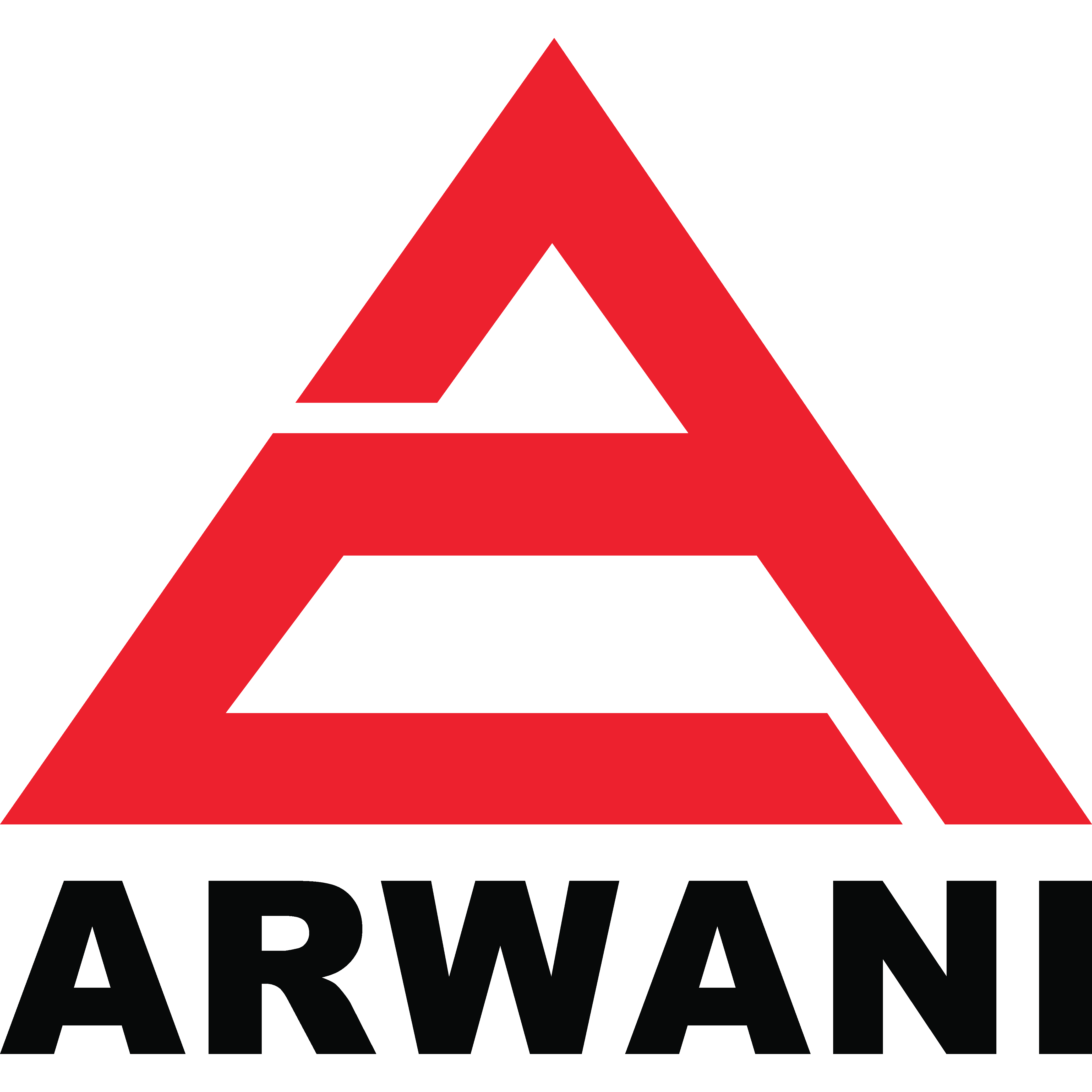Explore the key differences between direct drive and belt driven piston compressors to make an informed choice for your industrial needs.
🛠️ Understanding the Difference
When choosing a piston compressor, one of the key decisions is whether to opt for a belt-driven or a direct-driven model. Belt-driven compressors use a belt to connect the motor to the pump, while direct-driven compressors have the crankshaft directly connected to the motor.
Your choice should depend on several factors such as application, maintenance preferences, noise level, space constraints, and budget.
📑 Table of Contents
🔄 Belt-Driven Piston Compressors
Belt-driven piston compressors use a belt and pulley system to connect the motor to the pump. This allows the motor and the shaft to operate at different speeds, enabling higher torque at reduced shaft speeds.
These compressors often use 2-pole motors, working at speeds from 800 to 14,000 RPM.
✅ Explore Belt-Driven Models
⚙️ Features of Belt Transmission
-
Adjustable Speed & Performance: The ratio between flywheel and pulley diameters allows for fine-tuning of performance.
-
Durability & Shock Absorption: The belt acts as a buffer, reducing vibrations and extending motor life.
-
Quieter Operation: Often quieter than direct-drive models, ideal for workshops or enclosed spaces.
-
Wider Application Range: Offers flexibility for diverse tools and usage needs.
Drawbacks:
-
Requires regular belt maintenance and possible replacements.
-
Some energy efficiency loss through belt transmission.
-
Typically larger and heavier, affecting portability and space.
⚡ Direct-Driven Piston Compressors
Direct-driven compressors connect the motor directly to the crankshaft, removing the belt and pulleys. This results in no energy loss and synchronized speed between the motor and the shaft.
They are generally more compact and efficient, commonly operating with 4-pole motors at 150 to 1,600 RPM.
✅ Explore Direct-Driven & Oil-Free Compressors
🔍 Features of Direct Transmission
-
Higher Energy Efficiency: No belts mean minimal energy loss and direct power transfer.
-
Lower Maintenance Needs: Fewer moving parts reduce potential wear and tear.
-
Compact Design: Ideal for commercial spaces and DIY applications where space is limited.
Drawbacks:
-
Fixed Speed: Limited flexibility in performance adjustments.
-
Noisier Operation: May not be suitable for sound-sensitive environments.
🎯 Choosing the Right Compressor for Your Needs
There’s no one-size-fits-all solution—it depends on your specific use case.
| Use Case | Recommended Type | Notes |
|---|---|---|
| Heavy-duty industrial use | ✅ Direct-Driven | High efficiency and compact form |
| Workshop or Garage | ✅ Belt-Driven | Quieter operation, robust performance |
| DIY / Commercial | ✅ Direct-Driven or Semi-Silent | Low maintenance and space-saving |
| Noise-sensitive environments | ✅ Belt-Driven or Super Silent Models | Better noise control |
🔗 Browse Our Compressor Collections
Need Help Choosing the Right Compressor?
Contact our team for expert guidance and product recommendations based on your unique requirements.







